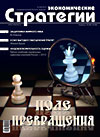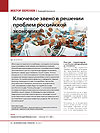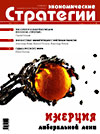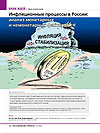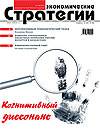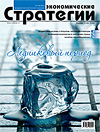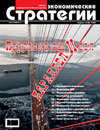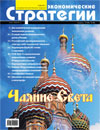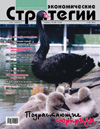The Key Element in Solving the Russian Economy Problems
One can long list problems faced by our economy after the economic reforms onset. But the most serious of them are: extremely low rates of economic growth and resource degradation of the economy, threatening the very existence of our country. Scientists, experts and politicians bring a lot of reasons of this and offer a variety of different methods and ways to remedy the situation. But it is extremely important to determine the main cause underlying these problems, because without its elimination it is impossible in principle to resolve them and all the measures taken will be ineffective or useless. That is, we are talking about the “key link”, pulling which one can pull out the whole chain of economic problems of our country. Publications and various speeches most often cite the bad investment climate or the practical unavailability of long-term and cheap loans as the main reason. But is it really so?


